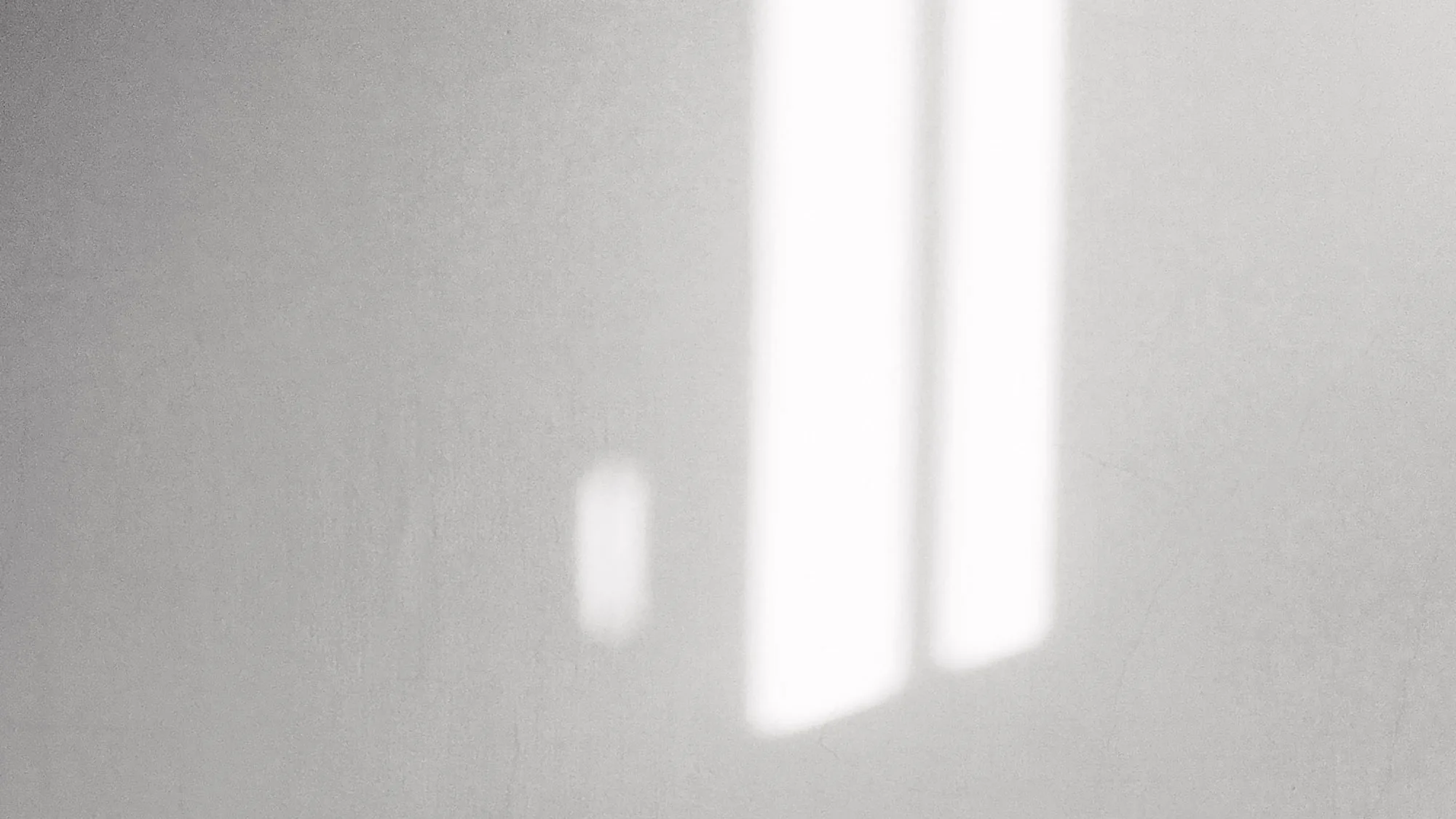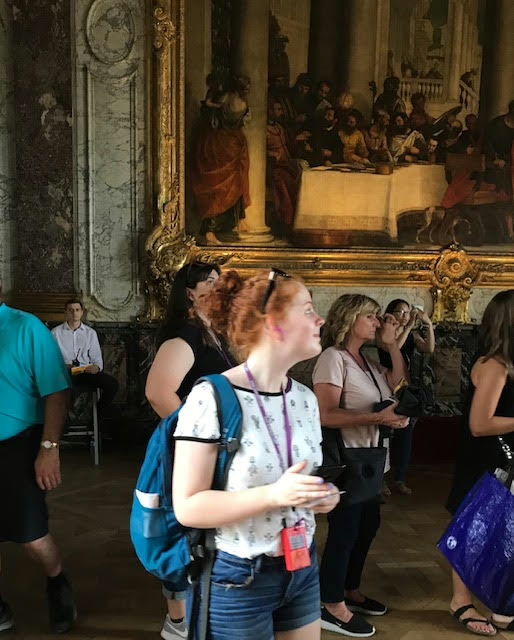
Bereavement Series: Dustine’s story
Published May 28th, 2025
Written by: Isabel Munsie
We are sharing personal stories from those who have experienced suicide grief. These reflections may offer connection, comfort, or a sense of understanding to others navigating a similar loss. This is one story in our series. You can find all of our stories on our updates page.
This story discusses themes that readers may find upsetting. If you or someone you know is struggling or needs help, support is available.
There is no model for grief, each experience is singular. A dichotomy can exist when we find a community based on shared experiences. There is of course comfort to be found in communal storytelling, but one can also feel isolated by the differences in each individual’s story. Dustine often finds herself navigating the gaps these differences cause. The story of her eldest daughter, Avery, challenges our biases surrounding suicide in young adults. There was no catalyst, no long history of mental health issues and no childhood trauma. When Avery’s mental health did noticeably decline, it happened quickly and acutely, the way it might with a physical illness that had long gone undetected.
Avery’s family often joked she was “not like other girls”. Her mother, Dustine would later specify that she wasn’t like anyone else, period. A complete individual, Avery was headstrong, independent, and a fierce defender of human rights and social justice.
Dustine, a former English teacher used her love of literature as a foundation for how she parented her two daughters. When Avery quickly surpassed her grade’s reading level, Dustine turned to the classics, eager to share the timeless stories that have inspired generations of young women: Pride and Prejudice, Little Women, The Secret Garden— of which Avery was so fond that at the age of eight she attended a university lecture on the novel with Dustine, who was taking a course in children’s literature for her undergraduate degree.

The summer before Avery was to start the International Baccalaureate program, (an advanced placement education opportunity) her family took a vacation to France and Italy. It was a first for all of them, as well as an opportunity to explore the world of the novels and real world history that Avery was drawn towards. In France, Avery was particularly fond of the Palace of Versailles, which she had learned about in social studies the year prior. Dustine recalls that the first photo she took at the palace was not of the building or grounds itself, but of Avery observing the Palace of Versailles for the first time— her face transfixed with wonder. And in the city of Florence, the two of them split off for a day, learning alongside one another as they wandered the endless maze of churches and museums that unfolded across the city. Dustine was immensely proud of her daughter. “Avery absorbed everything. I’ve never known anyone as capable of learning as she was.”
It was no surprise that Avery went on to study biology with a minor in anthropology at UVIC under a full scholarship. Not only was she influenced by literature and the arts, she was also driven by the pursuit of facts and truth. Avery had little patience for façades and pretenses, the little stories we all tell ourselves to feel better. This philosophy would wind up weaving its way into how Dustine would examine and present her grief.
For Dustine, the initial feelings of grief presented as shock and derealization— a complex storm of competing emotions and thoughts. Then of course came the shame and guilt. The thoughts of what could I have done to prevent this? What will people in our community think? “You look back and can see all the red flags. You replay all your decisions and every conversation.” There was even an instinct to hide the truth, to sweep the whole thing under the rug and stay silent. But as Dustine stated many times in our conversation, Avery would have rolled her eyes at the whole thing; she had zero tolerance for lies and secrecy, she would have wanted them to lead with honesty, no matter how painful.
In the weeks and months after Avery’s death, the family took solace in isolating together as a unit. Curled up together in the den, they binged hours of television. Planet Earth, Stranger Things, Hell’s Kitchen— the programs blurred together in a string of moving images and sound. But amidst the fog, they made sure to give one another the space, both physical and emotional, to say and feel whatever they pleased. There were no boundaries placed on their communications, a facet that contributes to the family’s closeness both pre and post loss.
Getting back into a semblance of a routine happened gradually for Dustine. It’s still an ongoing transition— one that has no linear path. Describing the disorientation of trauma, she pulls upon an image from the novel Switch by author A.S. King, who also lost her daughter to suicide. In the novel, the flow of natural time has stopped, leading people to record time in strange ways, one of which being a house that turns itself upside down in quarter measures. For Dustine, there was a sense of having to leave her upside down world at home and return to a right-side up world. When she began to attend social gatherings or slowly dip her toes back into work, she was leaving a space of safe, physical isolation and entering into a world of emotional isolation. Dustine is fortunate to have many close friends she describes as an extension of her family, and yet that closeness is the very thing that can highlight one’s grief. Barbecues and birthdays become painful reminders that your own family picture is now incomplete. An unspoken tension builds throughout the events, and afterwards, at home, the grief comes in waves. It takes an immense amount of effort to return to the spaces that once seemed so joyful; so normal.
It was this same author that started the process of connecting Dustine to other loss survivors. She had initially followed A.S. King as an English teacher interested in the author’s work, but after Avery’s passing, Dustine saw a post by the writer discussing the complicated nature of “suicide prevention” on suicide loss survivors. Dustine reached out to King, who connected her with The Leftover Pieces Podcast and support group. With time, Dustine expanded her network of aid by joining a support group offered by the Crisis Centre, as well as a virtual group of mothers who had lost their children to suicide— all of which were instrumental in helping Dustine feel less alone and understood. The support she received in her various networks was instrumental in her early grief journey and allowed her to begin the ongoing, difficult transition back to the world of routine.
There was a time when Dustine couldn’t imagine returning to the school she taught at prior to Avery’s death. In 2019, she had transitioned from being an English teacher to a support teacher, a role that put her face to face with the litany of struggles faced by our youth. One can imagine the series of triggers that could arise from returning to such a role. It wasn’t an easy transition, but gradually through the support of her co-workers and routine of the work, she returned to the teacher she always was and still is.
Again, Dustine turns to art to illustrate her emotions. In the TV show Severance, the lead character Mark undergoes a medical procedure that severs his brain, ensuring he retains no memories of the outside world while at work, and has no recollection of his job once he leaves. Fittingly, Mark signs up for the procedure to escape the grief he feels over the death of his wife. When Dustine rewatched the show recently, she was struck by the image of Mark in the elevator, his work-self coming into his body. To some extent we all subsume a work identity, but for people experiencing grief, your work-self can become an avatar separate from your internal world. Your grief is compartmentalized, left waiting for you in the elevator or car ride home.
“I don’t ever not want to break down. I don’t ever not want to be sad. I don’t ever not want to feel the absence.”
Of course in grief there truly is no forgetting, nor would Dustine ever want to move on. “I don’t ever not want to break down. I don’t ever not want to be sad. I don’t ever not want to feel the absence. It sucks to feel so shitty, but I don’t know if it’s something I want to get better from.”
There will always be an absence a person once occupied, but perhaps there is solace to be found in the feeling, no matter how painful. Pain, after all, coexists with remembering. And who would want to forget Avery and the impact she had on her family and community at large?
Dustine is still on a journey of figuring out how best to honour Avery. She journals to her often, and more often still filters world events through Avery’s lens. How would someone preoccupied with truth and justice feel about the chaos that has descended over our systems of government? Dustine makes an effort to continue Avery’s activism, working with local charities and staying properly informed, while understanding her own limits and sanity in battling injustices.
Avery’s legacy is and will be much greater than what I can possibly communicate in this piece, but if there’s one thing we can learn from her it’s to be honest and direct, even when discussing something as painful and complicated as suicide. When asked about supporting those grieving suicide loss, Dustine urges them to “practice being comfortable with the uncomfortable” and to “sit with the discomfort of pain that has no cure.” There are no platitudes that will make the pain of grief subside, there are no easy answers, but in sharing our stories, in building bridges of understanding, we chip away at the stigma that surrounds suicide. We honour the truth.
Crisis support is available 24 hours a day, 7 days a week. If you or someone you know needs help, call or text 9-8-8 from anywhere in Canada or the US.
If you have experienced a suicide loss, support is available. For resources, contact information, and more details about the suicide grief support offered by the Crisis Centre, see our Suicide Grief Support page.
Our bereavement program relies on donations. If you feel called to, you can make a contribution here.